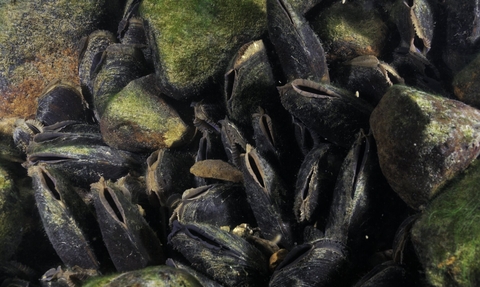
Freshwater Pearl Mussels (Margaritifera margaritifera) in a fast-flowing river bed - Linda Pitkin/2020VISION
Freshwater Pearl Mussel
Freshwater pearl mussels (FWPMs) have been present in the Isle of Man, namely the River Dhoo, around Kirk Braddan Church, for centuries. They are thought to have become extinct in the mid 1800’s or early 1900s and there appears to be no records after 1865. Fresh water pearl mussels are classified as critically endangered on the IUCN Red List of Endangered Species because of its global decline at the end of the 20th Century. This decline is a result of pearl fishing, pollution of water courses, siltation, river engineering and the weakening of host fish populations. It is known that pearl mussels have been collected on the Island for their pearls but also as utensils, such as spoons and scoops by poorer families, as seen in other countries such as Ireland.
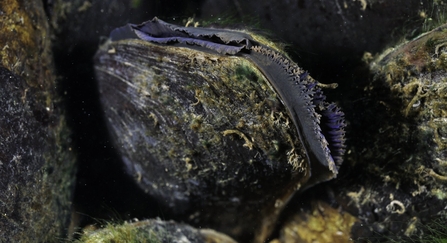
Freshwater Pearl Mussels (Margaritifera margaritifera) - Linda Pitkin/2020VISION
The species requires nutrient-poor rivers containing well oxygenated, clean gravels. Although they can live to be over 130 years old, their life cycle is complicated, needing a host fish for their larvae. In addition to this, they don’t reach sexual maturity until they are over 75 years old, adding to their vulnerability. However, their longevity potentially gives river managers time to correct issues before the animals die out completely within a river course.
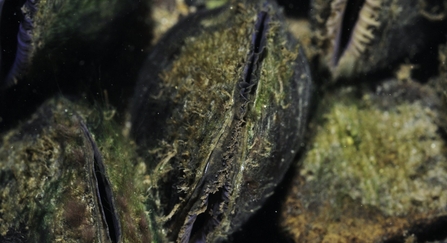
Freshwater Pearl Mussels (Margaritifera margaritifera) - Linda Pitkin/2020VISION
This year MWT wanted to confirm that FWPM were actually extinct in the River Dhoo. Earlier in the year water samples were collected from the River Dhoo at 3 locations and 1 in the River Glass, just to be sure they may not be present there. The samples were collected and sent off for DNA testing to detecting the presence of FWPM DNA. It took 3 months for the results to come through and it was as we expected FWPM were not detected in any of the samples. The next phase of the project is to do a feasibility study to see if there is anywhere suitable for the reintroduction of the FWPM.
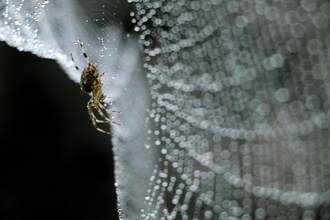
Gardening for Invertebrates
This is an indoor meeting, we will be discussing how you can help invertebrates in your garden, nectar sources, shelter you can offer…

Invertebrate Exploration at Government House
His excellency has kindly given us permission to search the grounds of government house for invertebrates, there are shrubberies, wooded…
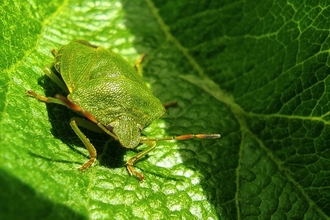
Shieldbug Searching
We will be searching the bushes and vegetation to find and identify these insects and which nymph stage they are at.
